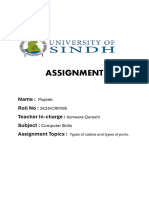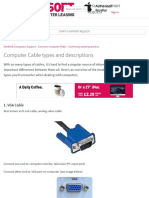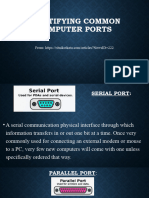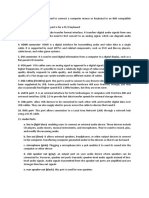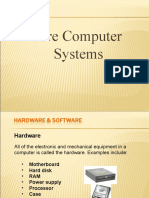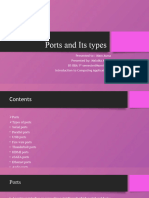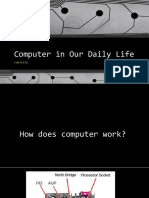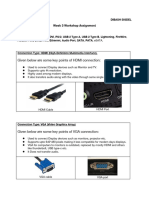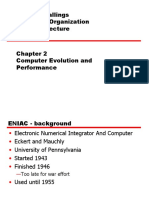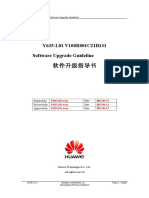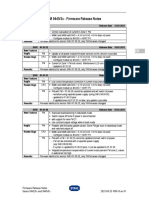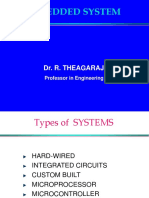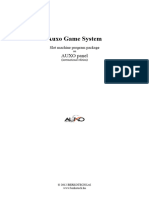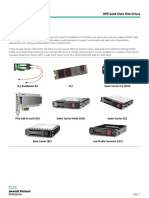0% found this document useful (0 votes)
11 views4 pagesComputer Fundamentals Connectors Cables
The document provides an overview of various computer ports, connectors, and cables, detailing their functions and specifications. Key connectors include USB, VGA, HDMI, and audio ports, while cable types discussed include coaxial, twisted pair, and fiber optic. It also touches on basic computer configuration, illustrating a typical setup with essential hardware components.
Uploaded by
manigokuldasCopyright
© © All Rights Reserved
We take content rights seriously. If you suspect this is your content, claim it here.
Available Formats
Download as PDF, TXT or read online on Scribd
0% found this document useful (0 votes)
11 views4 pagesComputer Fundamentals Connectors Cables
The document provides an overview of various computer ports, connectors, and cables, detailing their functions and specifications. Key connectors include USB, VGA, HDMI, and audio ports, while cable types discussed include coaxial, twisted pair, and fiber optic. It also touches on basic computer configuration, illustrating a typical setup with essential hardware components.
Uploaded by
manigokuldasCopyright
© © All Rights Reserved
We take content rights seriously. If you suspect this is your content, claim it here.
Available Formats
Download as PDF, TXT or read online on Scribd
/ 4




